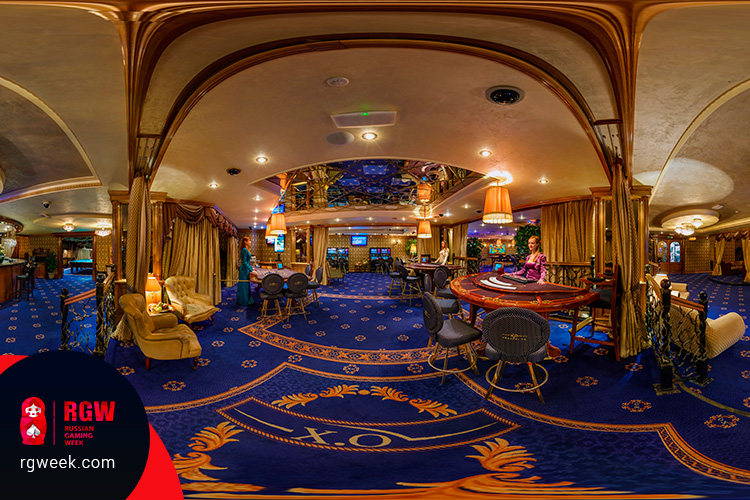VR technologies in gambling industry: prospects of the tandem

Today VR and AR technologies are used almost everywhere, from 5D cinema to development of virtual dressing rooms. Not to leg behind new trends, leaders of the gambling industry started implementing VR systems in their sector. How are virtual worlds integrated into online casinos (or vice versa – casinos into virtual worlds) and how will it influence the future of gambling?
Notions of VR and AR
For a start, let’s gain insight on these notions and refresh their definition in our memory.
Virtual reality is an artificial world created using digital systems. A user puts on necessary devices – VR headset and controllers – and plunges into a virtual universe.
In augmented reality, virtual elements are laid on real objects. For example, let’s recollect the well-known Pokemon Go.The game was a real boom when people were chasing digital Pokemons.
Use of VR technologies in gambling
Spanish SlotsMillion casino became the first VR casino. The system uses Oculus Rift. A user finds himself on one of the floors of a virtual skyscraper. There are slot machines all around and even a bar, and everything functions.

Previously, the notions of virtual and online casinos were synonyms, their definitions overlapped. Here is a quote from the article of the Financial Lawyer information agency: “The first virtual casino appeared almost straightaway after the emergence of the Internet – in 1996”. And here is what Wikipedia says: “Virtual casino and online casino are synonyms of Internet casino”.
Apart from the fully-fledged VR casino, there are standalone products that use the technology. In 2016, Microgaming presented 3D roulette at ICE Totally Gaming. Users can play wearing special gadgets – goggles and joystick.
Fans of card games can enjoy VR poker. A bright illustration is the project that PokerStars realized at the end of this year. Opponents lead interactive communication. Players can change avatars, move along the poker room and even smoke an unreal cigarette.
Various VR slot sare widespread. Animated slot machines, developed to resemble popular one-armed bandits, have from three to nine reels. They have a wider assortment than their analogues from land-based casinos.
Such apps as Horse 3D Racingwill let you feel as a real jockey. You can ride a digital horse and choose any racetrack. If you once wanted to become a racer, your dream may come true in the 3D world. Choose a racecar, a course, and scorch feasting your eyes on realistic landscapes. Besides, there are racing games for fans of cycling and motorcycle sport.
Prospects of VR technology in gambling
Kevin Williams, former employer of The Walt Disney Company, currently a VR consultant, notes that the generation born in 2000s is not interested in casino games. Young people prefer console and PC games, for instance, role-playing games or shooters, so gambling entertainment should be transformed basing on current trends. Many offerings are gamificated and adapted to requirements of modern users in an attempt to attract and retain customers.
Many professionals believe that the VR technology can help land-based casinos to attract customers by providing them with a possibility to play remotely. A land-based casino needs to have 3D cameras on poker tables and guests will be able to interact with players sitting at home.
By the way, something similar has been already realized – the so-called live casinos are a mixture of online and real casinos. The game is streamed in real time from specially equipped studios or casinos. Players watch the gameplay on their computer or smartphone screens from the comfort of their homes and can participate in the game managed by a live dealer. The shooting is done with 3D cameras, thanks to which players immerse themselves into the game. One of the first live casinos was launched this winter in Golden Nugget Atlantic City casino, the US. Ezugiacted as a provider.
From the standpoint of a consumer, the main problem of VR gambling is the cost of devices. The simplest VR headset costs at least $100. This aspect hurdles the implementation of innovations in gambling. Nevertheless, businessmen and technologists working in this field feel optimistic. Gambling industry strives to survive and remain competitive, so industry leaders are adopting new technologies to keep up with times and attract more customers.